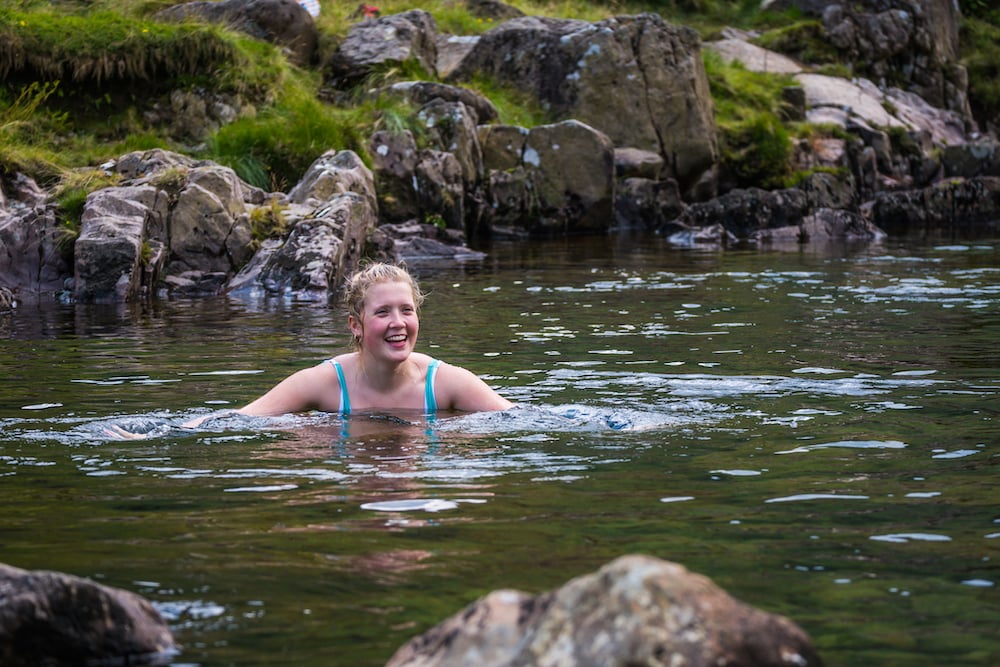
Dry robes, hair caps and freezing cold water; the wonderful world of wild swimming has boomed in the past few years - in the best possible way. Whether it's taking a dip in a lake, going out on a river swim or braving the colds of the ocean, the trend is calling people around the UK back to the outdoors and back to the water. Odd are if you've been out on a hike, or to the beach, in the past year, you've probably seem them. Swimming groups are pretty identifiable, not least because they're a) probably in the water but because b) if they're not, they're the large group wearing long black (incredibly cosy) dry robes, with soaking wet hair.
“Swimming is a rite of passage, a crossing of boundaries: the line of the shore, the bank of the river, the edge of the pool, the surface itself," wrote Roger Deakin in his wild swimming bible Waterlog, published in 1999. "When you enter the water, something like metamorphosis happens. Leaving behind the land, you go through the looking-glass surface and enter a new world."
There is something oddly attractive and enlivening about swimming outdoors - which is all wild swimming really is. Beyond the social media posts, there are health benefits too, and it's a beautiful, refreshing and (if you've not done it before) entirely new way of exploring the outdoors. Here's our guide to getting started in wild swimming - and becoming the outdoor swimmer you've always wanted to be.
What is Wild Swimming?
Wild swimming is, to all intents and purposes, going swimming outside in a natural pool of water. That pool might be at a bend in a river, or it might be the sea. The important thing is that there are no man-made structures. You decide if you want salt water or fresh water. It’s the kind of activity that an older generation would roll their eyes at and say, “when I was your age, that was just called swimming!” And to be fair to them, they wouldn’t be wrong in this case.
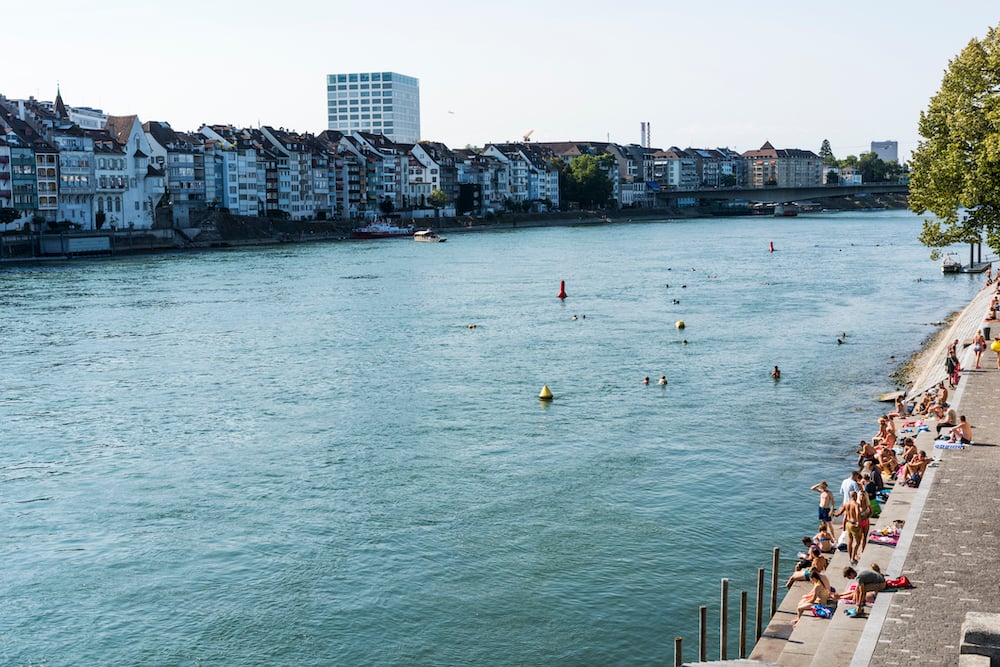
Swimming in rivers and lakes is very popular in Europe, although wild swimming has become a bit of a buzz word in the UK (rather like wild camping). Not that that means we don’t think it’s a fun thing to jump in a cold tarn or dash into the ocean. In Europe, it’s very normal to see people floating down the wide Swiss rivers in the summer, with specially made float bags, or going for their morning swim in the local river. In the UK it seems to be more of a solitary sport. A way to head out for a quiet bit of personal time with nature… and probably a chance to get very cold!
Why do people go Wild Swimming?
If you, like many people, have never been wild swimming you might be wondering why anyone wants to do it! Particularly with the lovely picture we’ve painted in the UK of cold and wet and lonely. Well, we could speculate. But instead, we went out and asked some wild swimmers to tells us in their own words.
Lindsey Cole, best known for walking the Rabbit Proof Fence and swimming dressed as a Mermaid, says, “It makes us feel alive. When I’m feeling sad it makes me feel better. When I’m feeling fine it makes me feel like the love child of She-Ra and Indiana Jones!” Many others said a similar thing – about making them feel invincible. “It makes every cell in my body feel alive, like I’m the most awake and present in my body I’ve ever been,” said Aoife Glass.
Then there’s the challenge. Serial wild swimmer Phoebe Sleath explains: “Because if I can get myself to swim in the North Sea in March, then I can do anything. Because when I tell my friends I want to go swimming and I see the look of disbelief on their faces, I know I need to prove them wrong. I guess it sounds crazy and it puts me in a group with the wild and the adventurous.”
Other people have found wild swimming helping them in times of illness. “Due to chronic pain,” said wild swimmer Nicola, “I can’t do much else at the moment. It’s been a real life saver over the last few months. It boosts my mood and lot of the enjoyment is down to the community. I love my swim friends and feel part of something again. I’m more of a dipper and cake-eater swimmer!”
What Equipment Do I Need?
One of the beautiful things about wild swimming is you need very little to be able to do it. The ability to swim is a good start. Even if you’re going for a freezing splash in and splash out , it’s better to be safe than call the RNLI. After that, some sort of swimming costume is a good idea – unless you have skinny dipping tendencies. Which, you know, is fine by us. Whatever floats your boat.
Depending on just how cold this place is that you’re going to go wild swimming – and how long you intend to swim in it – you might also want a wetsuit. You can get thermal swim gloves and socks for where the wetsuit stops too. There also seems to be a wild swimming trend of wearing bobble hats on winter swims.
And, of course, always know where your towel is! There are wild swimming changing robes (look it up) on the market and a spare, change of clothes might be a good idea. Of course – as we’re writing this in the depths of January – we’re imagining you being very cold. But you might be on a nice summer swim and be able to dry yourself off with your clothes. Hard to imagine right now, but we can dream!
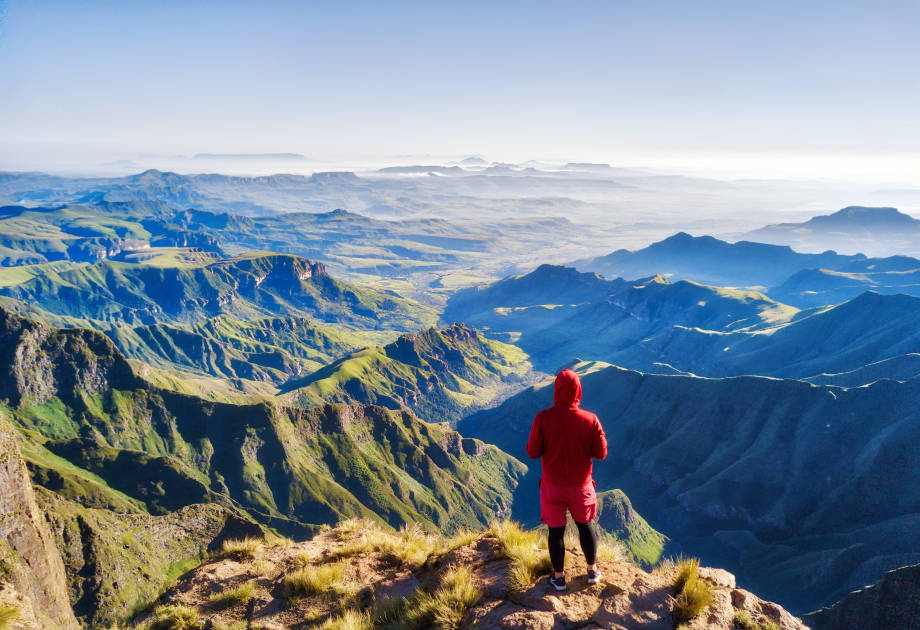
Health Benefits of Cold Water Swimming
“Natural water has always held the magical power to cure,” wrote Roger Deakin. He was right, too. Swimming is a famously healthy activity - low-impact with many physical and health benefits. It keeps your heart rate up but takes a lot of the impact stress from your body. It's also great for endurance, muscle strength and cardio, and helps your weight, heart and lungs while also building muscle. Beyond that, swimming is great for your mental health, alleviating stress, and allowing you to reconnect with nature.
Wild and cold water swimming in particular boost the immune system. They boost the white blood cell count, forcing the body to react, and over time, your body becomes better at activating this. It also activates endorphins, improves circulation. Of course, it can also be dangerous, particularly for those who aren't experienced, so it's important to take your time, acclimatise and know your limits. Don't dive in at the deep end here - metaphorically speaking, that is.
Wild Swimming Technique
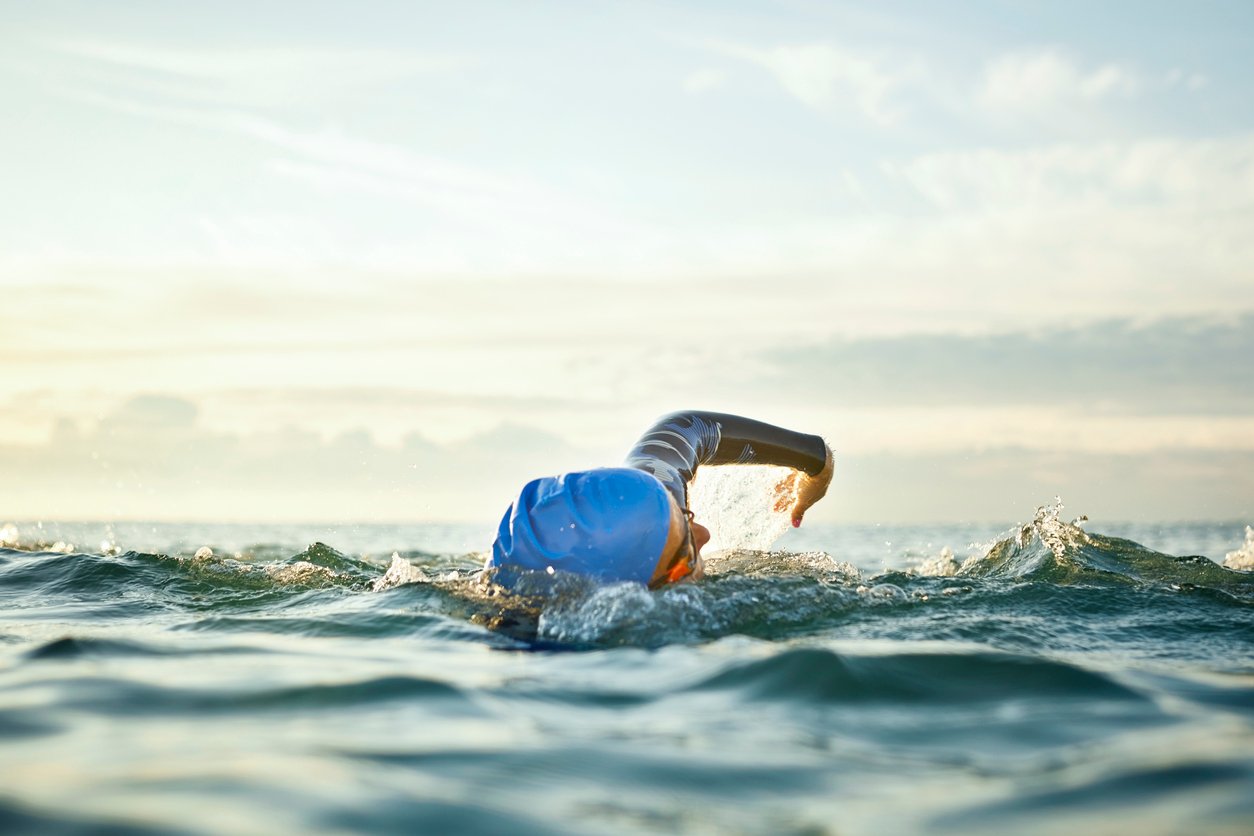
If you’re only going for a quick splash, or in still water, wild swimming is very much like indoor swimming. Except, unlike at a swimming pool, you’ll probably be running into the water. Your technique extends as far as: getting into the water without falling over, enjoying yourself in the water and getting out again. Not much to it really. Oh and don’t get your bobble hat wet!
If you’re doing more of a serious swim over a large body of open water, there are things you need to look out for. To start with, you’ll want to think about tides, currents, whether there’ll be boats or anything else sharing the water with you. It’s common to have a kayaker or boat follow you on really long swims, so that other people know you’re there and you’ve got a place to rest if you need it. This is starting to sound like a pretty epic swim (like Oceans 7, Round the UK or Across the Channel).

Instead of us repeating what’s already out there, here’s some great resources to learning more about wild swimming technique:
- Outdoor Swimming Society – Getting Started
- Open Water Swim Technique – aimed at Triathletes but still useful
- Wildswimming.co.uk – yes really!
- Just Swim – Preparing for Wild Swimming
And, to be honest, if you have any specific questions, chances are the Outdoor Swimming Society will have an answer to it somewhere. It’s a huge mine of resources and knowledge.
Where Can I try Wild Swimming?
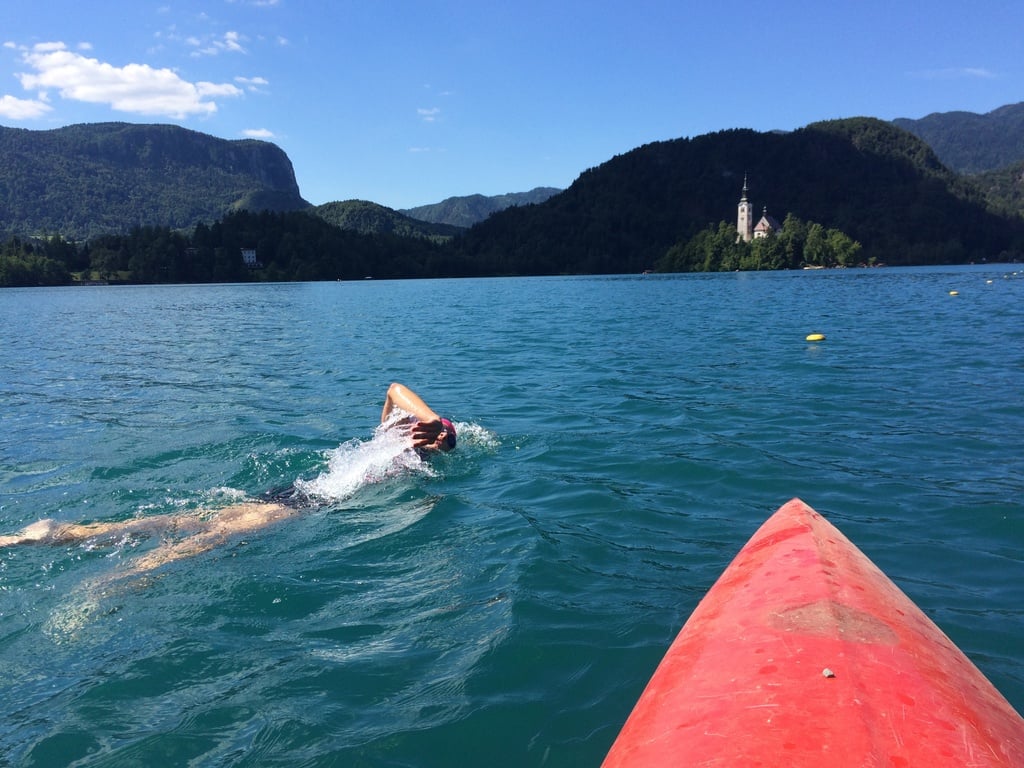
The easiest and quickest answer is this: drop what you’re doing, grab a towel, run to the nearest outdoor body of water and jump in it. Of course, if you’re reading this on a browser tab behind whatever work you’re supposed to be doing, that might be a bit odd. Not impossible, though, and kudos to anyone who goes wild swimming in their lunch break.

Anyway, for a less impulsive option, you can check out the Outdoor Swimming Society’s Swim Map for places to swim near you. They also have a list of local swimming clubs where you can make friends and learn the basics, outdoors. Or there are guided wild swimming holidays to step up to the next level in a safe environment. It’s all yours for the swimming.
Fancy a wild swimming adventure in the sun? Sign up to Hike and Wild Swim Crete's Hidden Coves over a week. Don’t mind if I do!
This article contains affiliate links. Which basically means we make a little commission if you click through and buy something. It doesn’t cost you anything, and it just means we can do more good things in good places.



